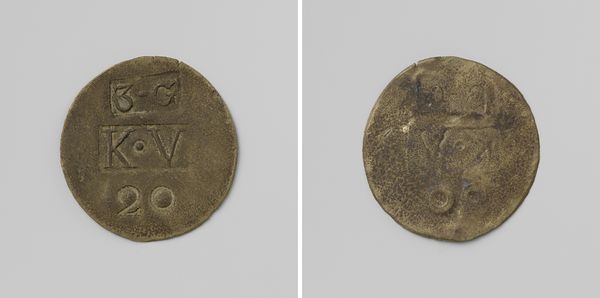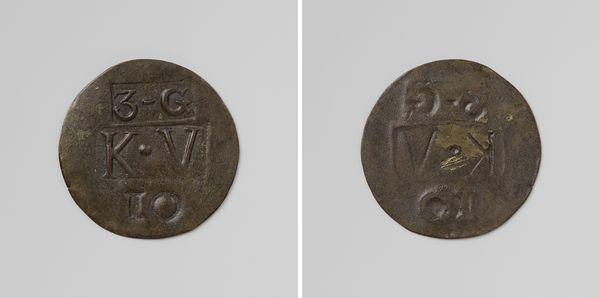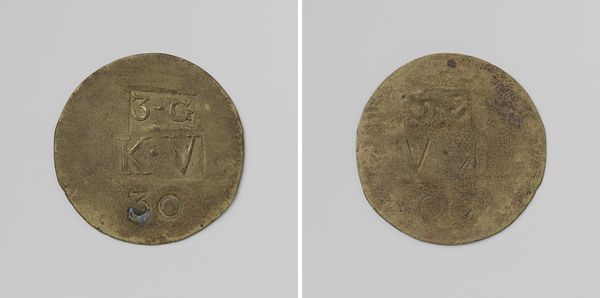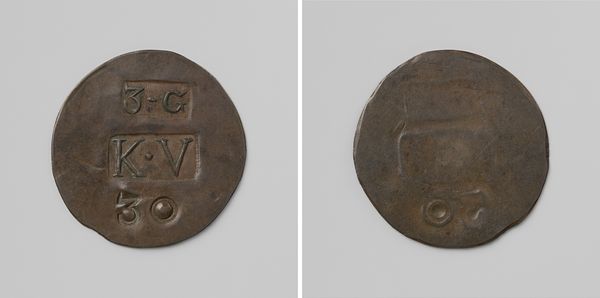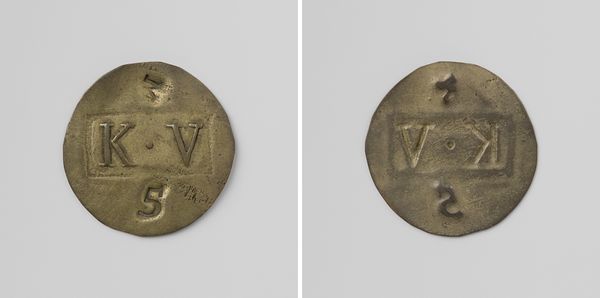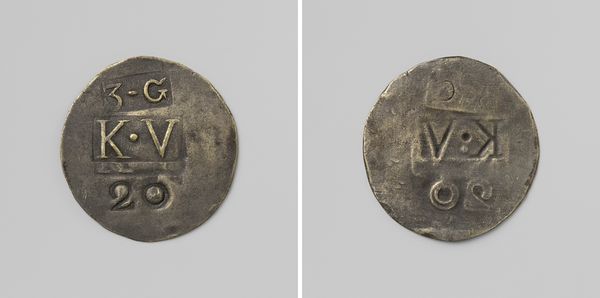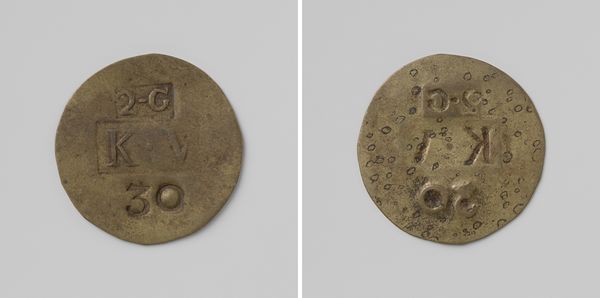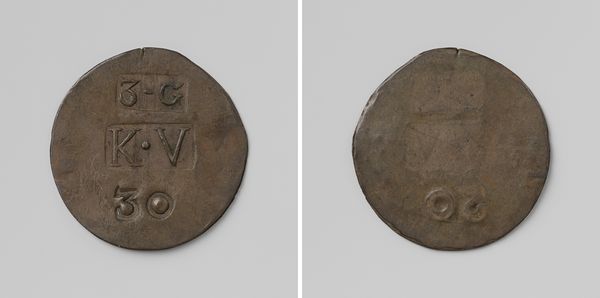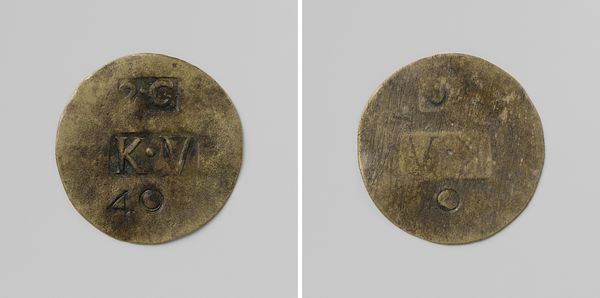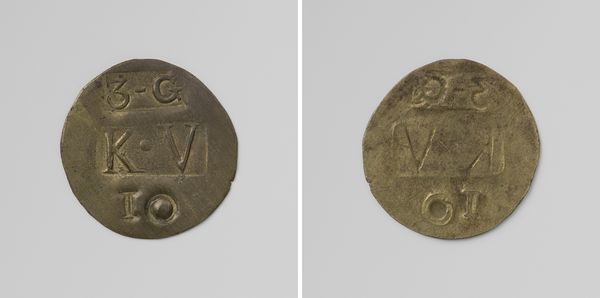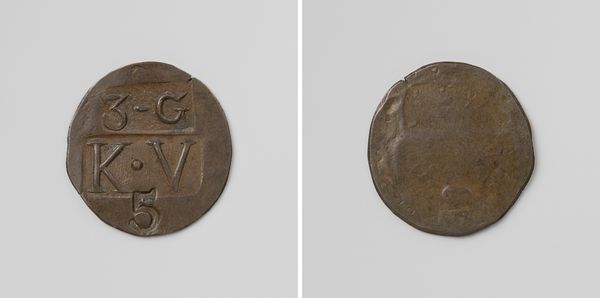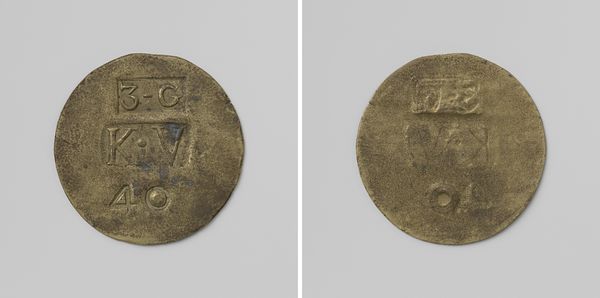
Derde gesticht van de kolonie Veenhuizen, huismunt van veertig cent, geslagen op last van de Maatschappij van Weldadigheid ter waarde van 40 cent 1818 - 1859
0:00
0:00
anonymous
Rijksmuseum
print, metal
# print
#
metal
#
sculpture
Dimensions: diameter 3.7 cm, weight 3.37 gr
Copyright: Rijks Museum: Open Domain
Editor: This piece, housed at the Rijksmuseum, is a forty-cent coin created between 1818 and 1859 for the Veenhuizen colony. It seems so simple, yet weighted with history. What stands out to you when you look at this object? Curator: Well, what jumps out is its function as "huismunt"—internal currency. This was produced for a "colony of charity," and it brings to mind many questions about power dynamics. It represents how social welfare, even with good intentions, can be manipulated by institutional powers. What does it mean to create a separate economy within a social project? Editor: It seems like a way to control the people who lived there, maybe? Restricting them to just that colony? Curator: Precisely. This object invites a critique of the philanthropic endeavors of the 19th century, especially those seeking to manage poverty through social engineering. It raises awareness about how the system sought to mold behaviors, and perhaps keep the underclass 'in its place.' Editor: So this wasn’t just about helping people, but also about control? Did they even have a choice to use this money? Curator: That's the question, isn't it? What agency did the residents have? This piece becomes a testament to the subtle control of economic structures – how ‘benevolence’ can also be a tool. How can you look at it now? Editor: Now, I can see it isn't just a coin, but a symbol of a complicated social structure. Curator: Exactly, that makes this unassuming object a valuable and thought-provoking one. It underscores the value of thinking about visual imagery and political intention together.
Comments
No comments
Be the first to comment and join the conversation on the ultimate creative platform.
